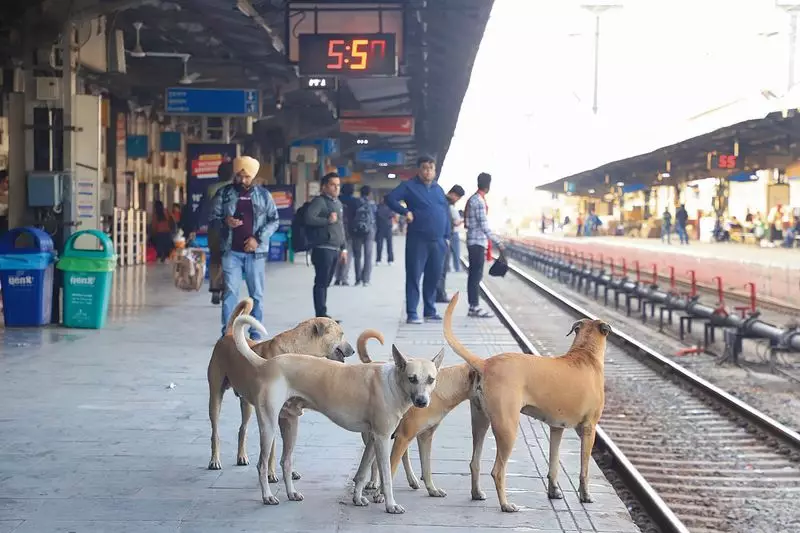
The growing menace of stray dogs across Indian cities has transformed from a mere nuisance into a serious public health and safety crisis. Recent incidents of dog attacks on children and adults alike have highlighted the urgent need for states and union territories to implement effective, humane solutions.
The Scale of the Problem
Urban and semi-urban areas across India are witnessing an alarming increase in stray dog populations. Municipal corporations and local bodies are struggling to manage these growing numbers, leading to increased human-animal conflicts. The situation has become particularly dire in residential neighborhoods, public parks, and even school premises.
Public Health Implications
The most immediate concern remains the threat of rabies transmission. India accounts for a significant percentage of global rabies deaths, with stray dogs being the primary carriers. Beyond rabies, dog bites can cause severe physical trauma, psychological distress, and in tragic cases, even fatalities, particularly among vulnerable populations like children and the elderly.
Legal Framework and Supreme Court Intervention
The Supreme Court of India has repeatedly emphasized the responsibility of state governments and union territories in addressing this issue. The court has directed authorities to implement the Animal Birth Control (ABC) Rules effectively while ensuring public safety. However, the implementation remains inconsistent across different regions.
Sustainable Solutions Needed
Experts suggest a multi-pronged approach is essential:
- Systematic ABC Programs: Large-scale, sustained sterilization drives to control population growth
- Waste Management: Proper garbage disposal to eliminate food sources that sustain stray populations
- Public Awareness: Educating communities about responsible behavior around stray animals
- Vaccination Drives: Comprehensive anti-rabies vaccination programs
- Shelter Facilities: Creating adequate shelter infrastructure for captured animals
The Way Forward
State governments and municipal authorities must collaborate with animal welfare organizations, healthcare providers, and community groups to develop localized solutions. Regular monitoring, adequate funding, and strict implementation of existing guidelines are crucial. The time for half-measures and temporary fixes is over – coordinated, compassionate, and comprehensive action is needed immediately to protect both human safety and animal welfare.
As citizens continue to live in fear and animals suffer on the streets, the question remains: How many more tragedies must occur before our administrations take decisive action?





